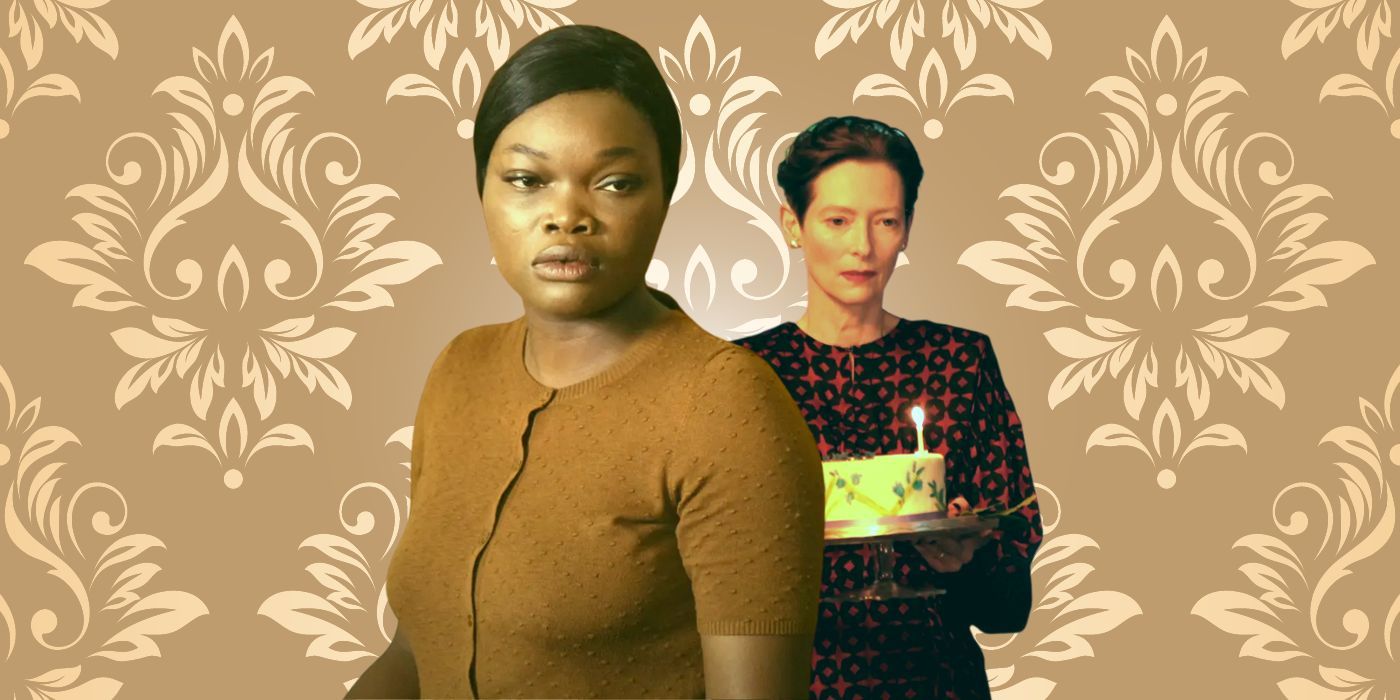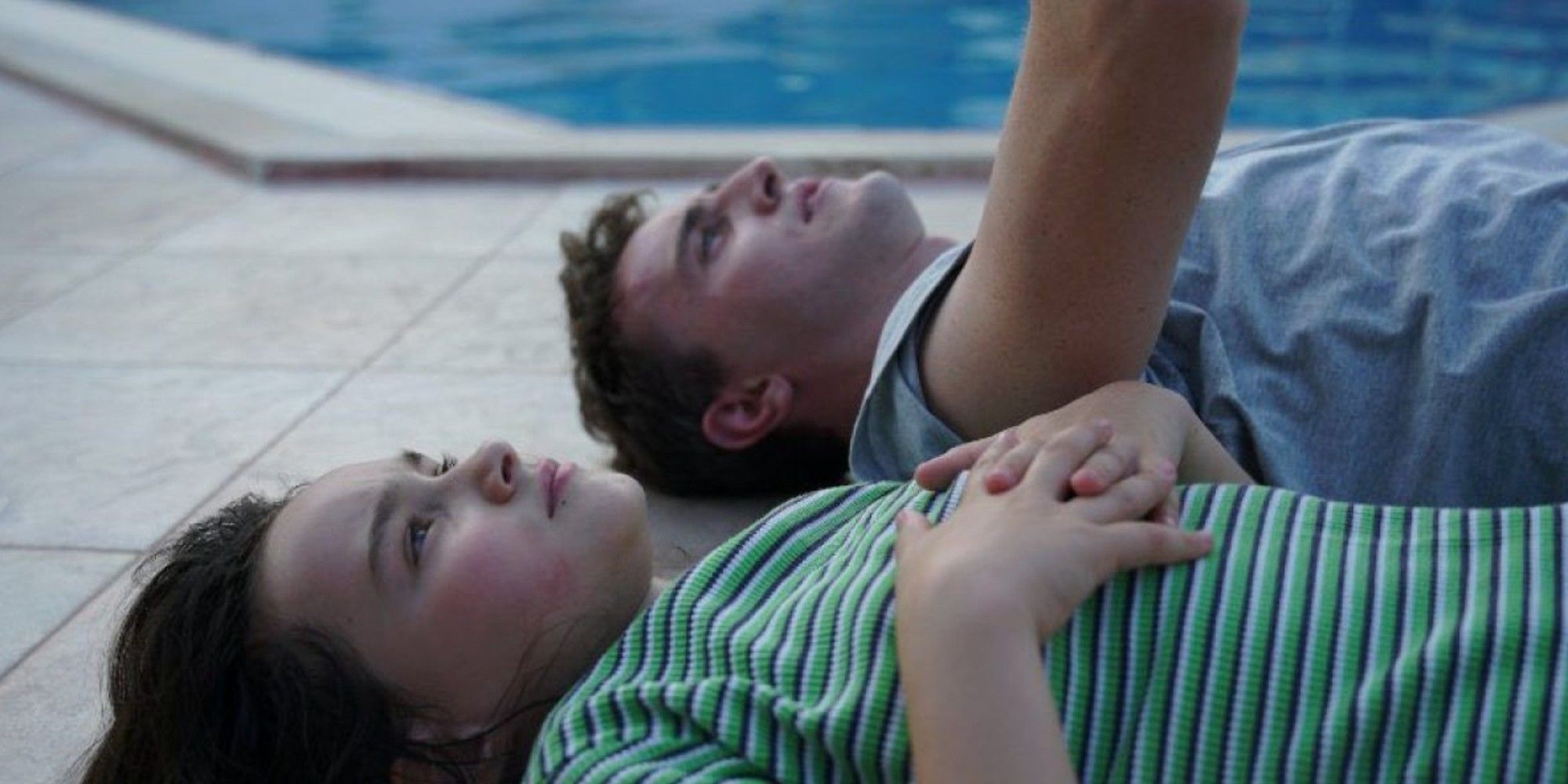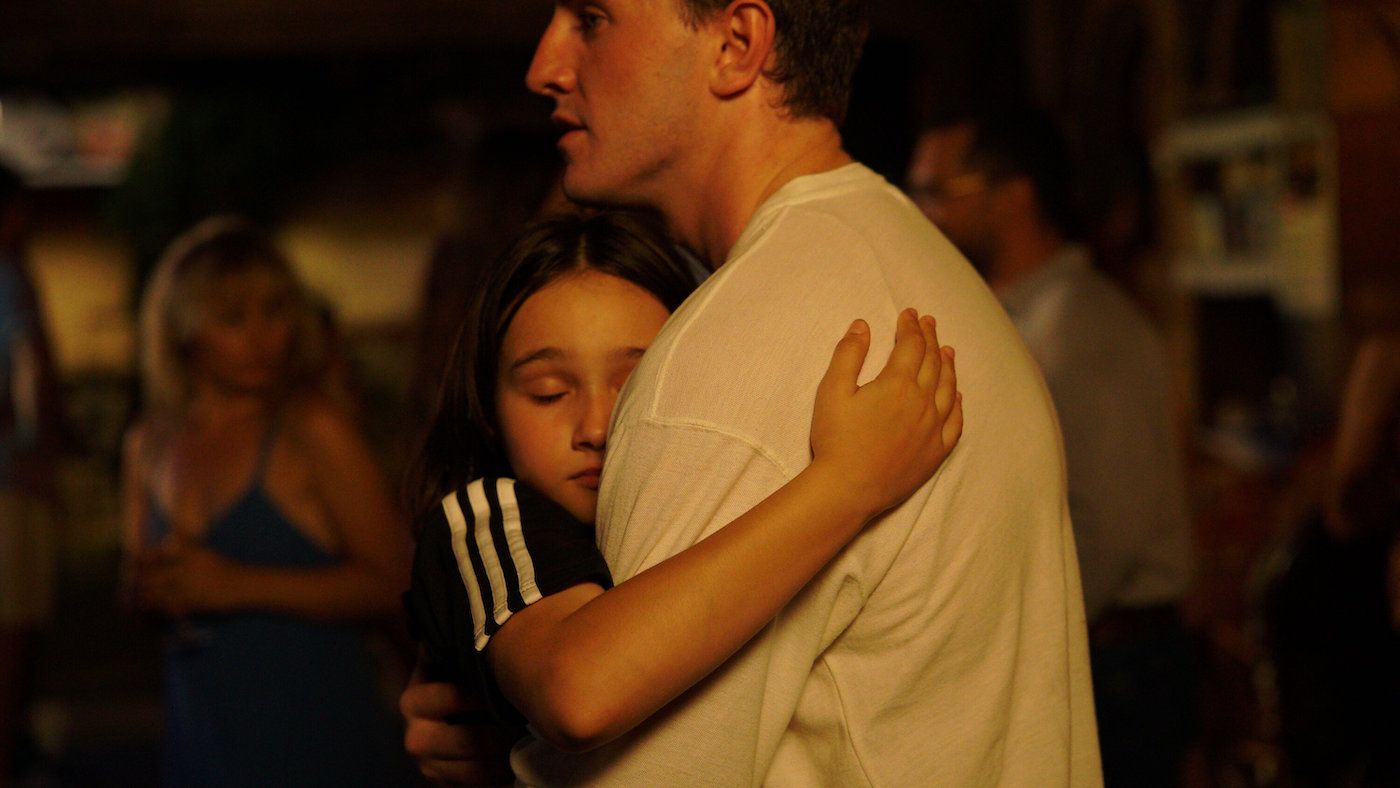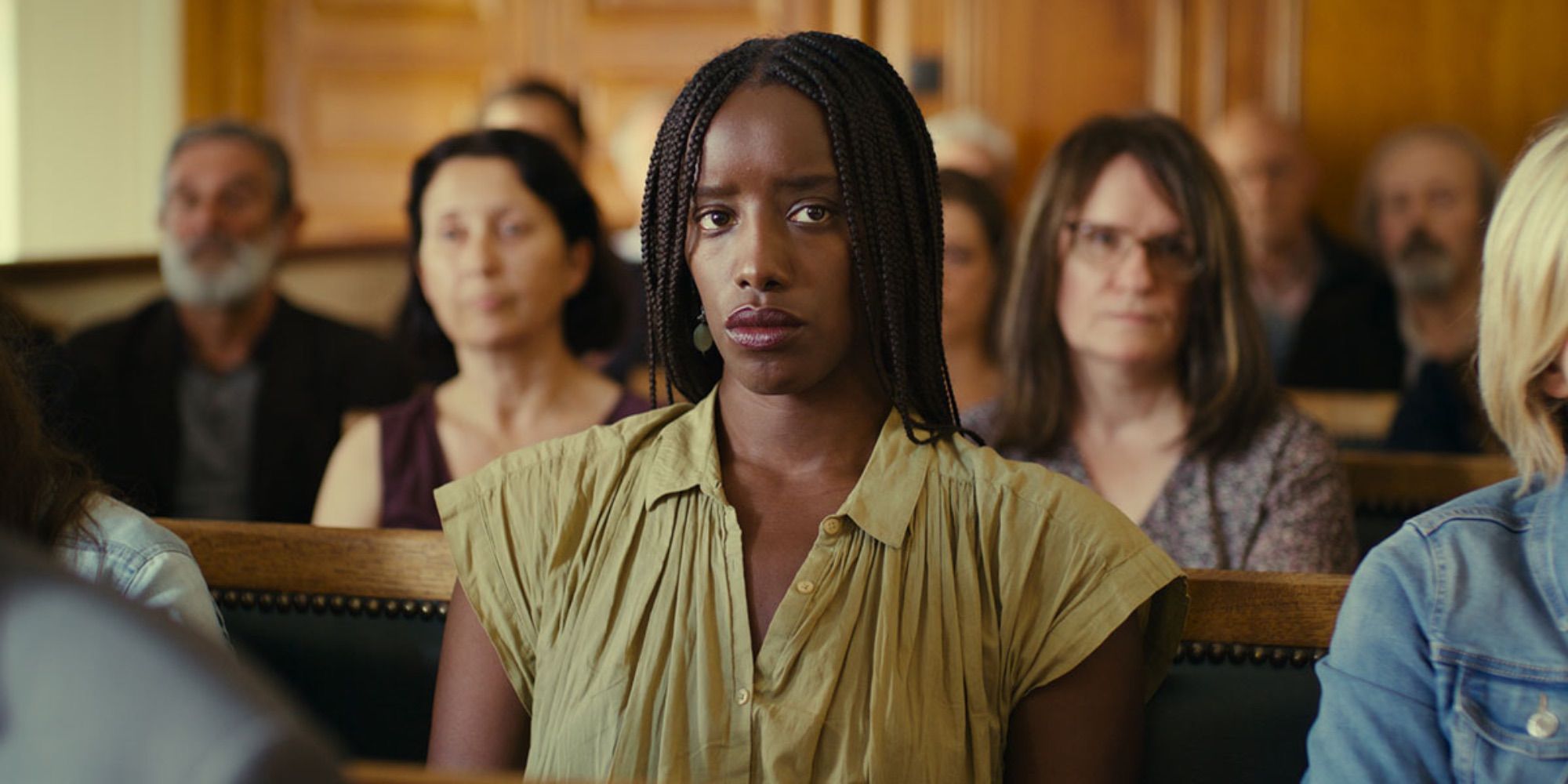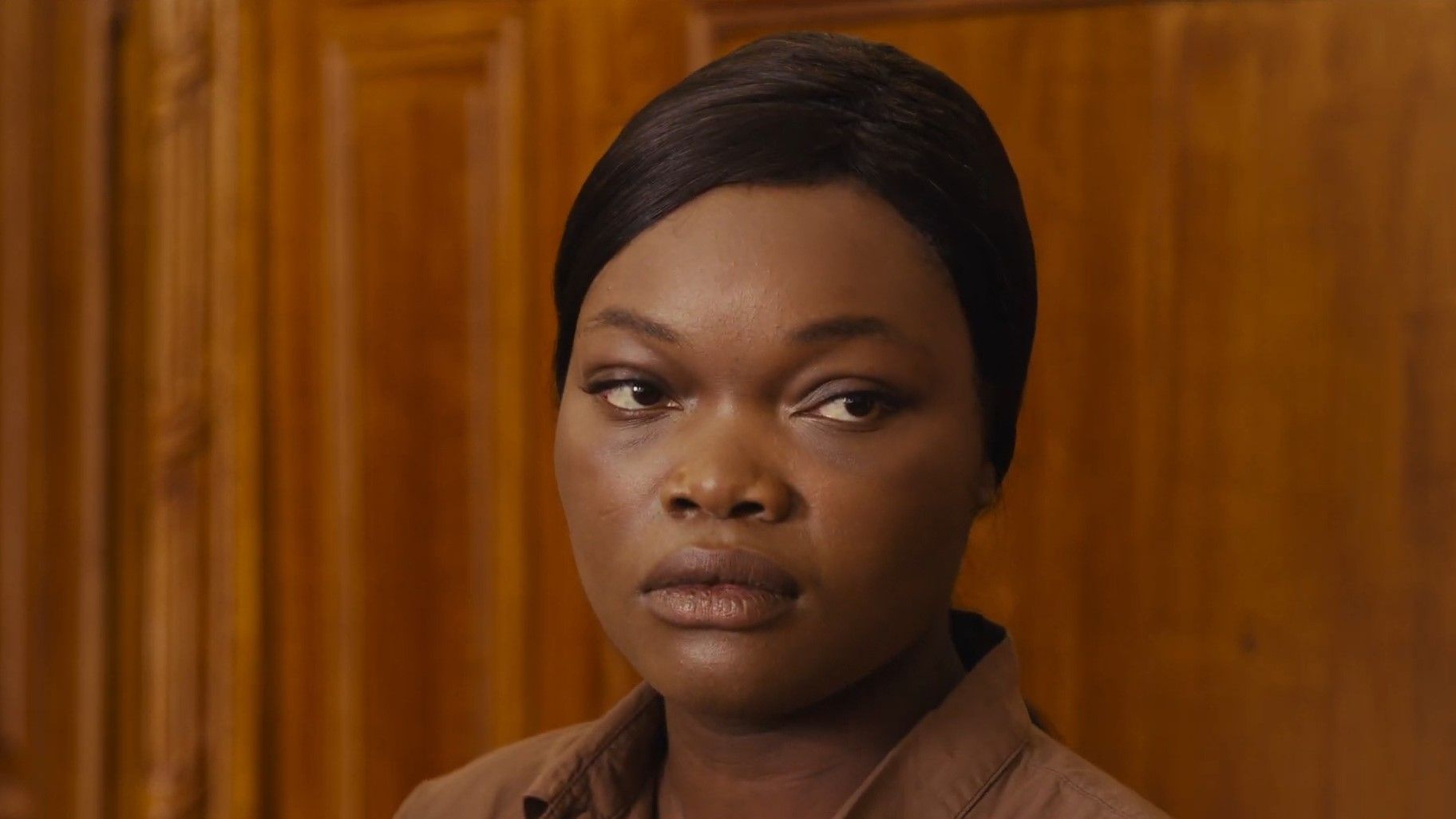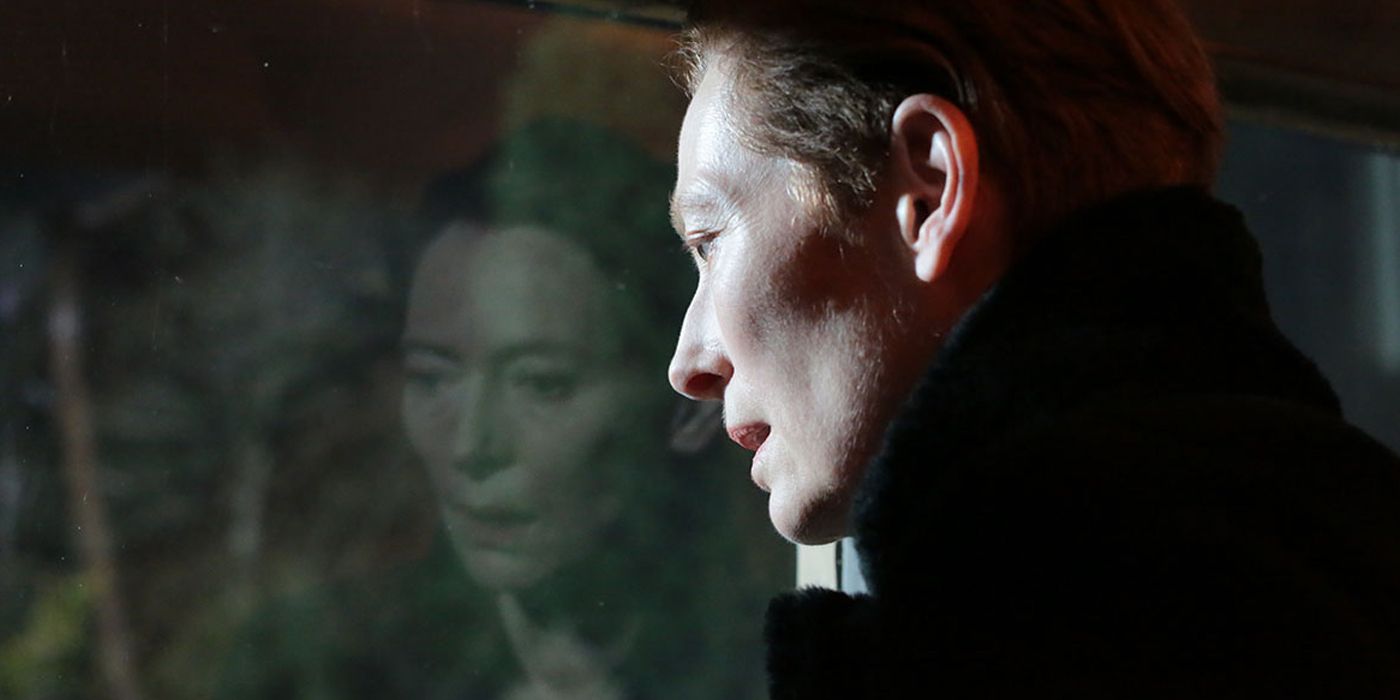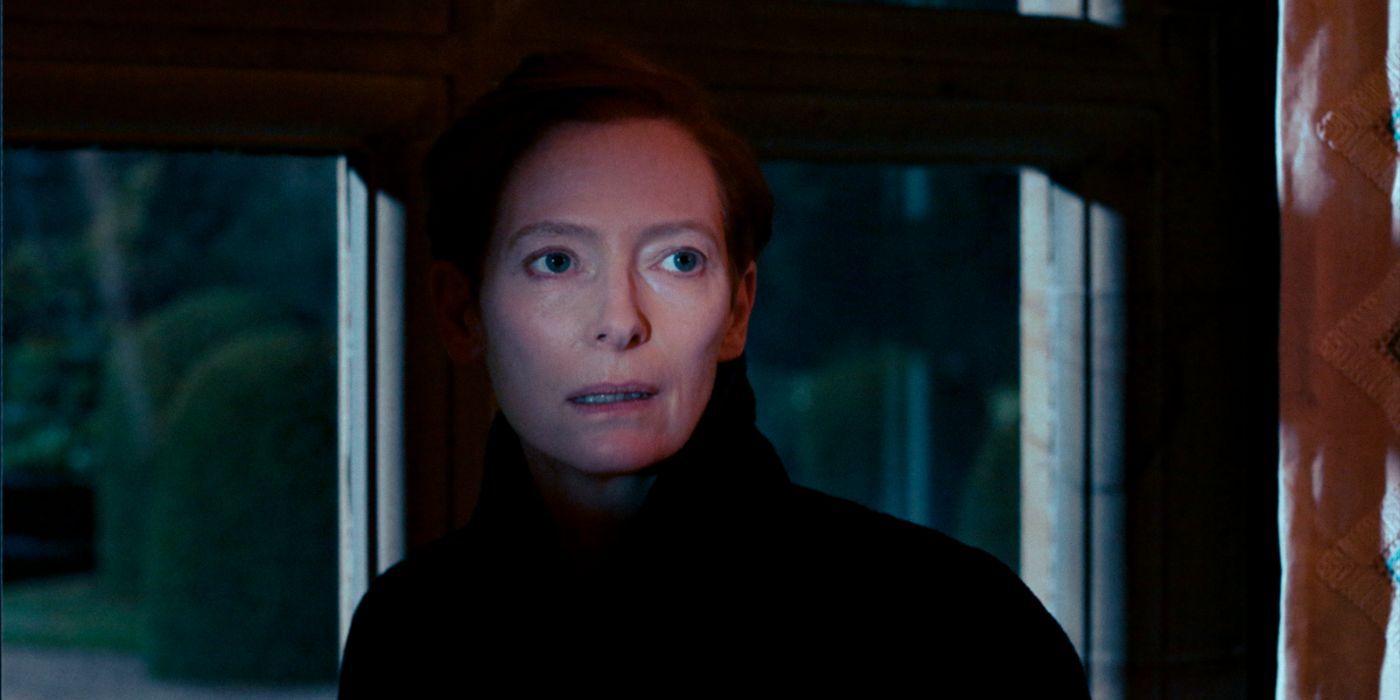2022 has proven to be a fruitful year for filmmakers to explore their personal histories through their movies. From Steven Spielberg's The Fabelmans to Alejandro Iñárritu's Bardo, False Chronicle of a Handful of Truths, many high-profile directors have chosen to work on projects allowing them to investigate their memories and identity on screen. Outside big-name superstar auteurs, some of the most critically-hailed movies of the year have been created by rising female filmmakers who have also chosen to examine their sense of self and recollections of the past with their latest undertakings. This accomplishment of making deeply personal films is utterly impressive, considering the creative and budgetary constraints often put on filmmakers still making a reputation for themselves on the world stage. The subtle boldness of these intimate movies delivers intriguing layers of skill and restraint that make them clear standouts from any other work from the past year. Let's look at the latest films from Charlotte Wells, Alice Diop, and Joanna Hogg to dissect how these female filmmakers have explored their memories and identities to deliver some of the best movies of 2022.
Aftersun
Scottish filmmaker Charlotte Wells has wowed audiences everywhere since her debut feature Aftersun premiered at Cannes earlier this year in the festival's International Critics' Week section. Aftersun exists as a vision of memories for its main character, Sophie, played by the impressive newcomer Frankie Corio. In the present, the adult Sophie wakes in the night from an affecting dream about her father, Callum (Paul Mescal), who she sees dancing at a rave from across the room. This dream sends Sophie into recollections of her father, specifically a vacation they spent together in the '90s at a Turkish resort when Sophie was 11 years old. Retrospectively, the adult Sophie looks back on this holiday with her dad as a significant turning point in her life — a distinct moment marking the end of innocence experienced as teenage hood approaches, as well as the realization that her father faces his own internal struggles outside their life together.
While Wells' screenplay for Aftersun is not a direct rendition of her childhood experience, the filmmaker explores the textural impressions of her memory through the movie's imagery, mood, and performances. Cinematographer Gregory Oke gorgeously captures the film with beautiful images, hearkening to the sun-faded memories of Sophie's vacation with her father with a masterful understanding of colors and style that speak to the film's period setting. In addition, within Aftersun's '90s era, Wells pays close attention to production details, further speaking to Sophie's remembrances and placing them firmly within the space of her mind. Arguably with the most significance, Wells' decision to fictionalize the film instead of basing it on her childhood experiences speaks most honestly to how childhood memory operates — a nuanced sense blurred between truth and fabrication of how understandings are created through the personal imagination of one's past.
Personal identity plays a huge part in understanding Sophie and Callum in Aftersun. At 11 years old, this is likely Sophie's first vacation where she senses a craving for separation from her father, where she can create her own experiences. This is portrayed through her desire to hang out with older teenagers at the resort, especially when Callum pushes her to make friends with more immature children. The awkward expanse between childhood and teenagehood is often confronted within Sophie's individual scenes in Aftersun. Sophie's sense of self in relation to her father is also shown through Callum's quiet moments of suffering, which he struggles to keep away from her. These instants of anguish lead to Sophie's greater understanding of her father as his own person, facing his own demons — hauntingly visualized through the adult Sophie's dreams of her father dancing in the club with rage and despair.
Saint Omer
Alice Diop is well-known in France for her remarkable documentary filmmaking. Still, her feature debut Saint Omer has launched her career into a new and exciting direction as the movie has wowed critics around the globe since its Venice Film Festival premiere. Saint Omer emerges as a courtroom drama unlike any before, inspired by a recent legal case in France in which a Senegalese immigrant was convicted of infanticide, leaving her young daughter on the shoreline to be swallowed by the waves. Kayije Kagame stars in Saint Omer as Rama, a stand-in for Diop herself (who obsessively followed the trial as it played out). An academic writer working on a new novel that recontextualizes the myth of Medea, the pregnant Rama heads to the town of Saint Omer to attend the trial of Laurence, played by Guslagie Malanda, the woman accused of killing her daughter. As Laurence takes the stand in court to explain the incidents that led her to her choice, Rama begins to see herself in Laurence through their shared experience as black women in modern France. As Saint Omer unfolds, Rama becomes compelled to engage in nuanced concepts of memory and identity that connect her personal history to Laurence in unseen forms.
In Saint Omer, memory is a crucial conduit for the film's female protagonists to explore their truths. The character Laurence is exclusively examined through her courtroom deposition, allowing her space to share the recollections that culminated in her crime for the very first time. As a child in Senegal, Laurence was pushed by her family to take an academic route that would lead her to a successful life in France. However, once moving there, she remembers how French society treated her as an outcast, including the significantly older white man who fathered her child. Sitting in on the trial, Laurence's memories of isolation impact Rama, who has similarly become disconnected from her Senegalese lineage as she has created a life for herself in France. In an exciting connection to Aftersun, Diop intersperses recreations of home videos from Rama's childhood, tying back to the director's own relationship with her memories.
Closely tied to Diop's roots as a French citizen born to Senegalese parents, Saint Omer provides a fascinating glance into immigrant identity and the perspective of Black women living in contemporary Europe. Rama and Laurence's characters are bound by their shared cultural identity as individuals forced by society to feel stuck between two different facets of who they are. This manifestation of unjust treatment is particularly evident through Laurence and the act she has perpetrated, driven by the damaging effects of emotional manipulation and racism that have led her to commit a crime that even she cannot fully comprehend. In addition, parts of Saint Omer capture Rama's developing connection with Laurence's mother, who is also attending the trial. This link reminds Rama of her relationship with her own stoic and intuitive mother, with whom she feels a loss of harmony in the film's early section. During the trial, Rama, who has recently found out she is pregnant, begins to undergo personal worries concerning motherhood in relation to Laurence's own experiences with it, which only increase as the case moves forward. While an interconnected sense of identity is a massive factor in Rama's ever-growing compassion for Laurence's situation, their shared experience also opens itself up to disenfranchised audiences who may also be able to relate.
The Eternal Daughter
Joanna Hogg is as one of England's most exciting and prolific filmmakers of recent years, profoundly probing her life with her last few films, The Souvenir and The Souvenir Part II, and choosing to continue this theme in her latest film, The Eternal Daughter. The movie finds Tilda Swinton playing double duty again as both of the movie's central characters — Julie, a middle-aged filmmaker, and Rosalind, her elderly mother. In The Eternal Daughter's opening scenes, the women embark on a getaway for Rosalind's approaching birthday to a stately ancient estate in Wales once owned by their relatives. Julie's character hopes to make her mother's birthday trip perfect but also plans to work covertly on an upcoming script revolving around her mother's life story. However, as the women settle into their stay at the mysterious manor, memories from the past begin to haunt them in ways they never imagined, taking on elements of the gothic horror genre in inventive fashions never before explored by Hogg's style. Through investigations of personal history and how it influences the present, The Eternal Daughter brilliantly delves into Hogg's experiences with grief as the filmmaker came to terms with her mother's passing.
The haunting of memory is a significant theme in The Eternal Daughter, perfectly portrayed within the movie's nods to the gothic horror genre and its isolated Welsh setting. The history within the walls of the ghostly mansion where they are staying works dramatically as a "haunted house," asking the audience to contemplate how many memories this storied home must contain. The character of Rosalind spent many traumatic moments of her life at this estate since her ancestors once owned it, and as their holiday continues, the memories flood back. For research purposes on her upcoming screenplay, Julie attempts to secretively record Rosalind's reflections on these remembrances, which in turn makes Julie question the integrity of the project, as the emotional recollections belong entirely to her mother. Memory also plays an integral part in the brilliant collaboration between Hogg and Swinton. The two women have worked on numerous films together and have been lifelong friends since primary school. Having known one another's families, the two women could reflect on their own memories of one another's relationships with their mothers, which is perceptible in the final film. Without these personal remembrances, The Eternal Daughter would be an entirely different film.
As with much of Hogg's recent work, The Eternal Daughter operates with methods that closely tie the film to a piece of auto-fiction. The director studies her own identity through the film's exploration of its central mother-daughter relationship, particularly emotionally, since Hogg shot the movie during her mother's final days — she passed away before Hogg was finished with post-production. Most distinctively from the film's first scene, we see Swinton performing both roles of mother and daughter. This choice illustrates a direct mirroring of the two women, inextricably tied together through the deep connection that links a child to their parent in forms that transcend flesh and blood. The mannerisms shared by Julie and Rosalind speak true to their unspoken influence over one another, mainly how they have formed Julie's sense of self in her adult life. Like with Julie's character, Hogg kept many elements of this project concealed from her mother. Hogg was intriguingly grappling with the fear and grief of losing her mother before it even happened — a way of working through the horror of the unknown after her mother's passing and how it would affect her sense of self. Hogg's continuation of exploring her existence with her work remains one of her most compelling filmmaking practices.
While these three films are highly distinct and come from female filmmakers of entirely different backgrounds, they all share subjective elements from the lives and experiences of their directors. Through both memory and sense of self, the makers of these movies can tap into a creative vulnerability rarely seen in modern filmmaking. As a result, Aftersun, Saint Omer, and The Eternal Daughter have all proven to be powerfully impactful among audiences across the globe — finding their way onto year-end top 10 lists from major critics and publications everywhere. These challenging and intimate films will open up to a broader audience of movie lovers in the coming months and will leave deep emotional impressions on those who experience them.

